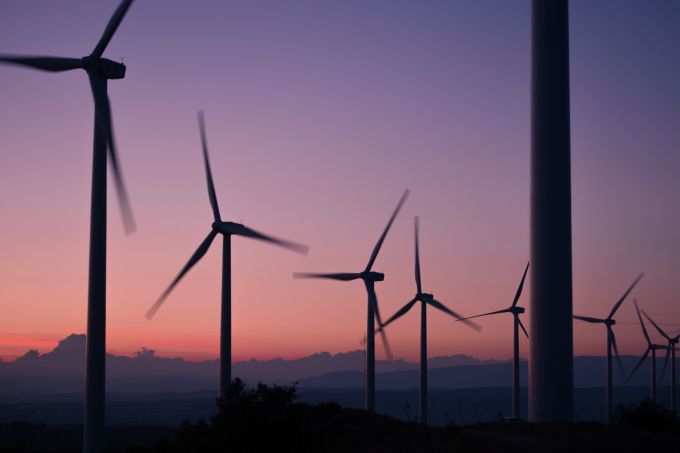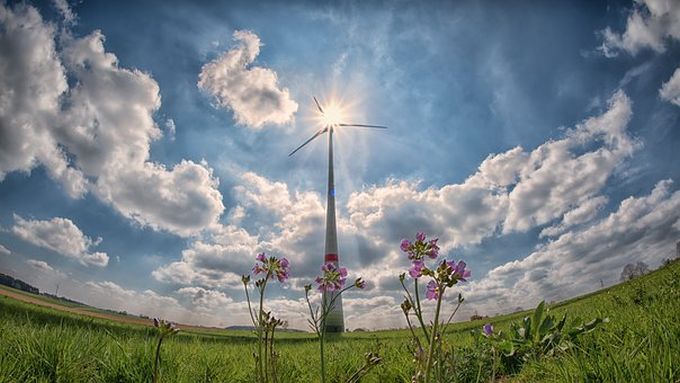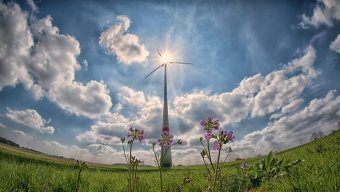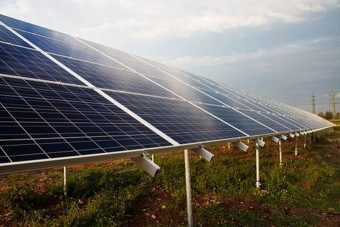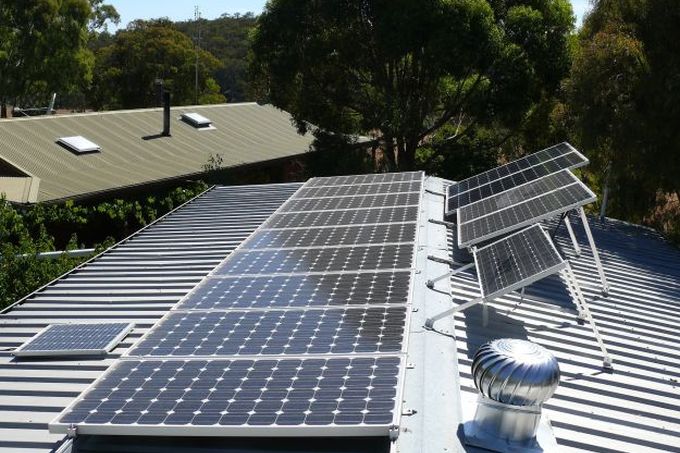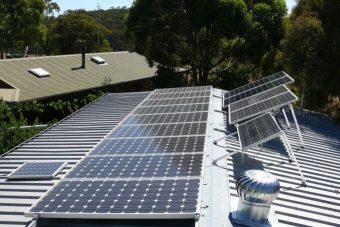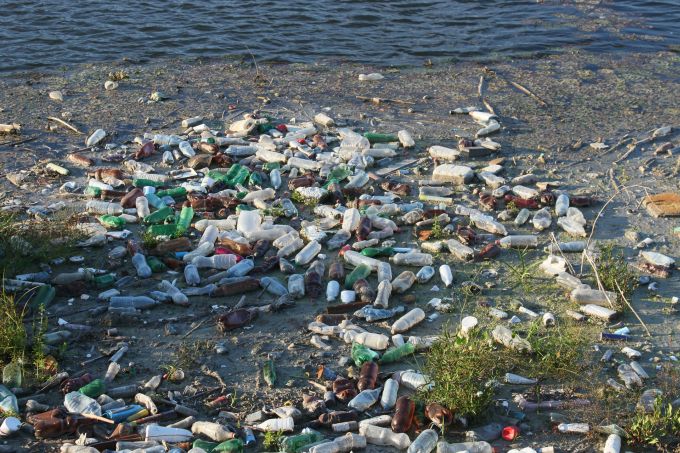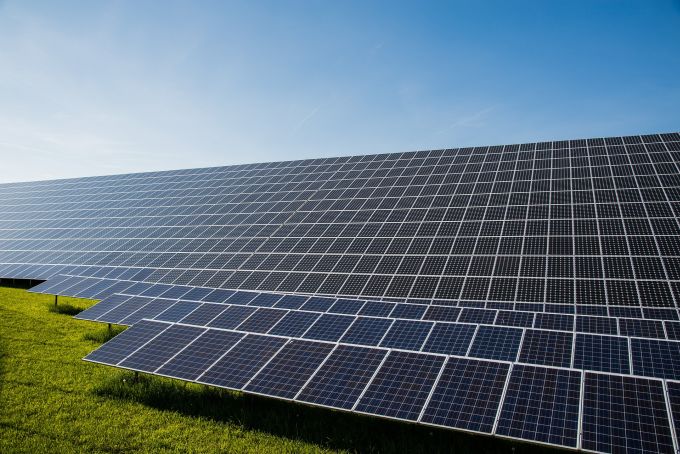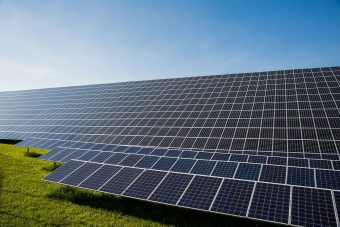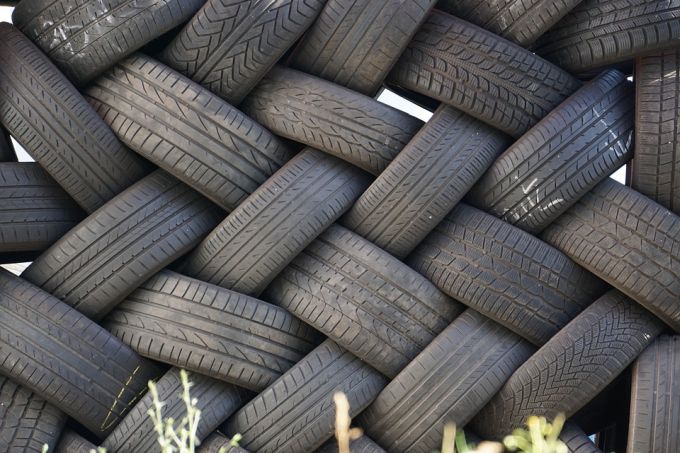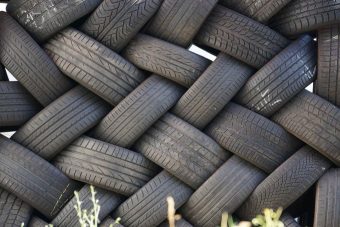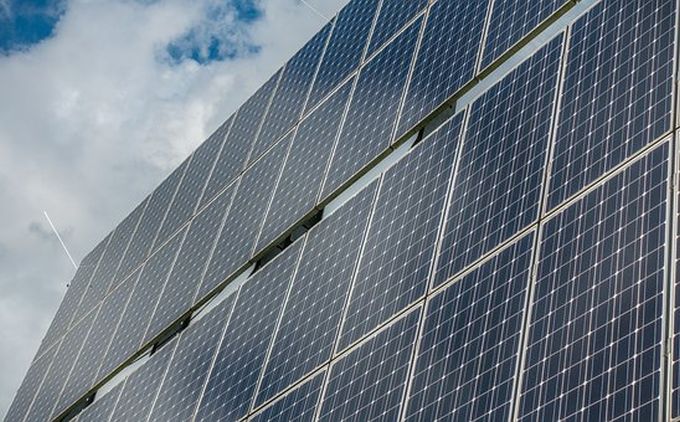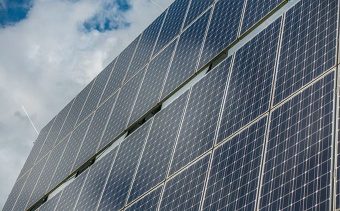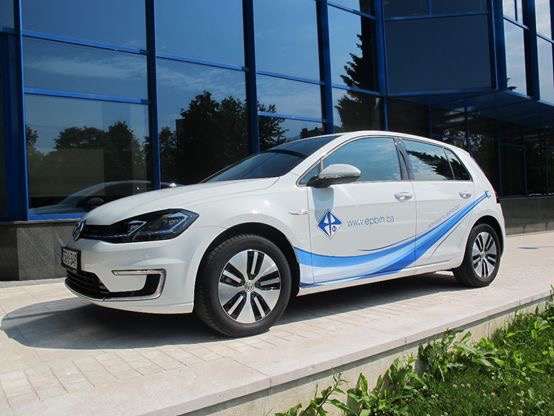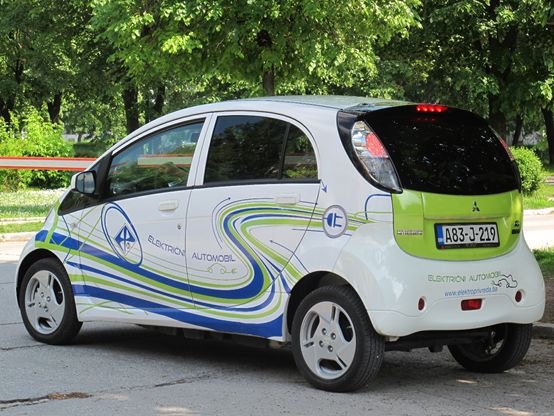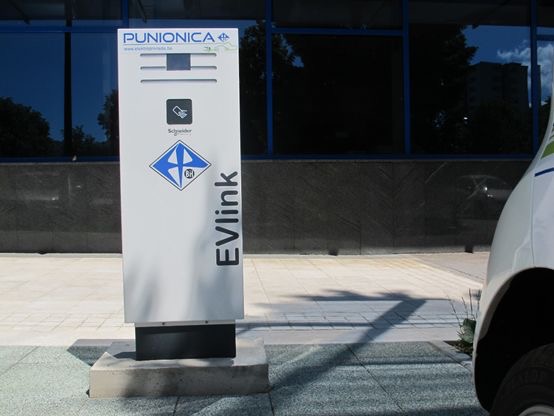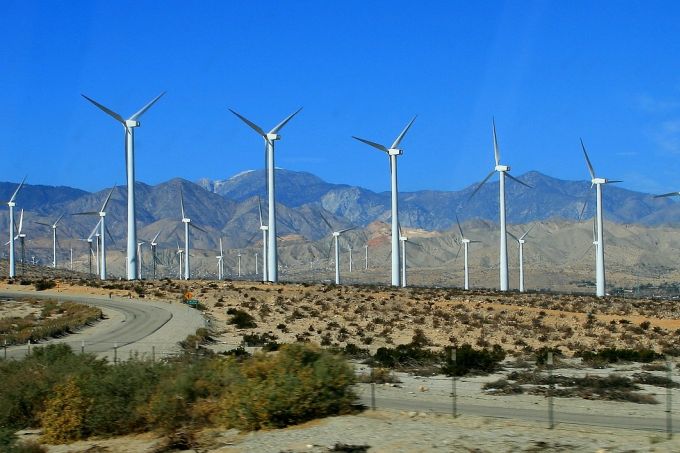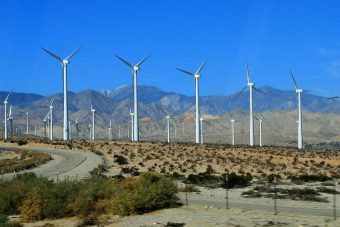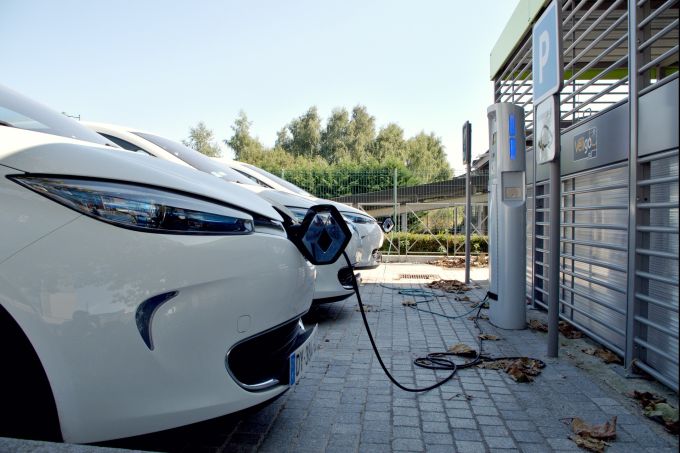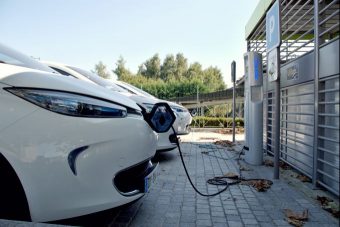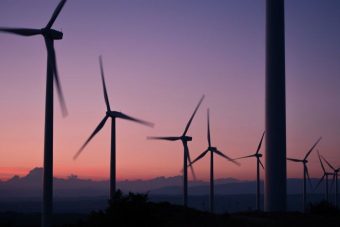
The latest onshore wind energy auction in India has yielded the lowest-ever tariffs quoted by project developers.
The wind energy auction organized by the state government of Gujarat its power distribution company revealed a tariff of Rs 2.43/kWh (¢3.8/kWh) as the lowest bid. The tender was floated for an allocation of 500 megawatts of capacity. The competition was so fierce that 12 developers submitted bids for a cumulative capacity of 1,527 megawatts, more than thrice the capacity on offer. None of the developers quoted a bid of more than Rs 3.00/kWh (¢4.7/kWh). The spread between the 12 bids was just Rs 0.52/kWh (¢0.8/kWh).
The largest capacity was secured by Sprng Energy, a platform of Actis Energy. The company won 197.5 megawatts of capacity at the lowest tariff of Rs 2.43/kWh (¢3.80/kWh). Verdant Renewables won rights to develop 100 megawatts of capacity at Rs 2.44/kWh (¢3.81/kWh). KP Energy and Engie-backed Betam Wind Energy secured 30 megawatts of capacity each while Powerica will develop 50 megawatts of capacity, all at Rs 2.44/kWh (¢3.81/kWh) tariff. One of India’s leading renewable energy independent power generation companies, ReNew Power Ventures, bid for 200 megawatts of capacity at Rs 2.45/kWh (¢3.83/kWh) and due to this higher tariff managed to secure just 17.6 megawatts of capacity.
Such is the competition that ReNew Power missed out on the 200 megawatt capacity by two-hundredths of a cent. The reason for this fierce competition is the lack of any power purchase agreements being carried out on the basis of feed-in tariffs. Wind energy projects are now being awarded only through competitive auctions.
The high competition and conducive conditions in this particular auction resulted in wind energy tariffs in India becoming even cheaper than solar power tariffs. India’s lowest solar power tariff stands at Rs 2.44/kWh (¢3.81/kWh). The utilities which will acquire electricity from these wind energy projects are among the best rated in the country and are in a much better financial condition than others. The availability of adequate infrastructure for renewable energy projects, including evacuation and transmission infrastructure, resulted in this sharp drop in tariffs.
Source: cleantechnica.com


